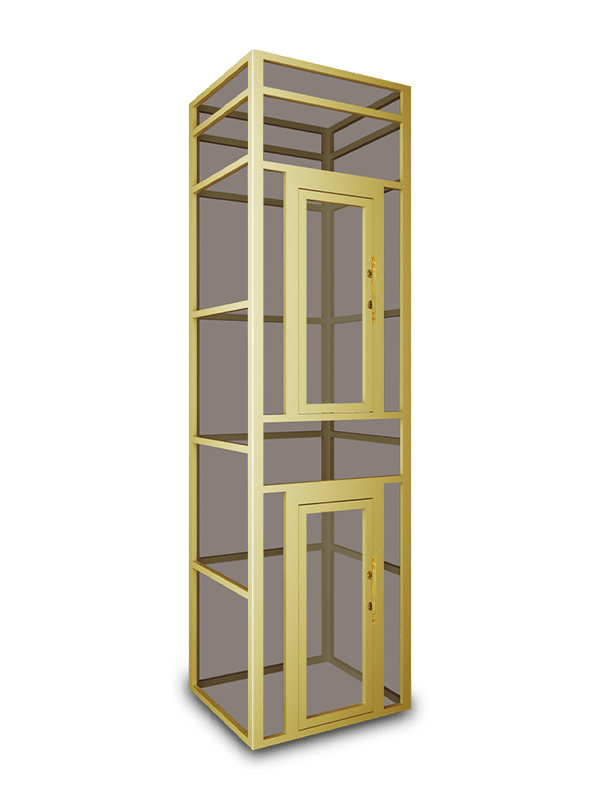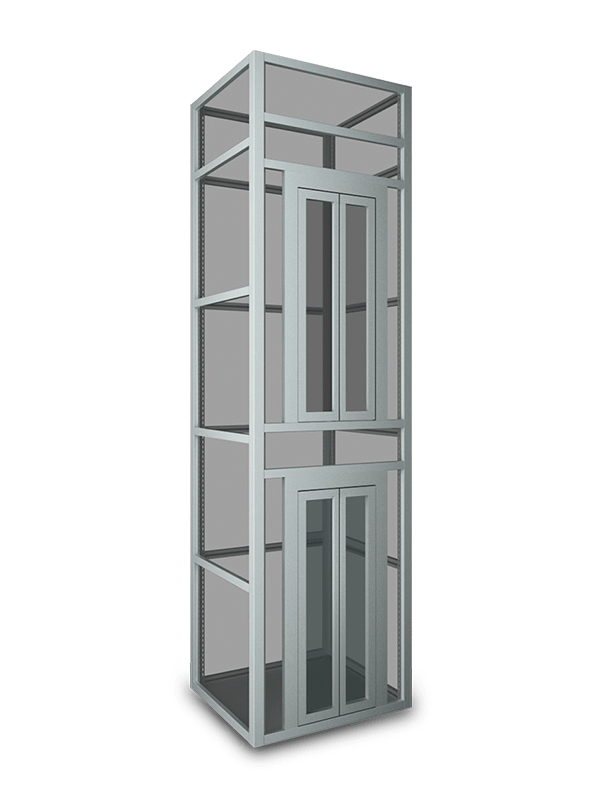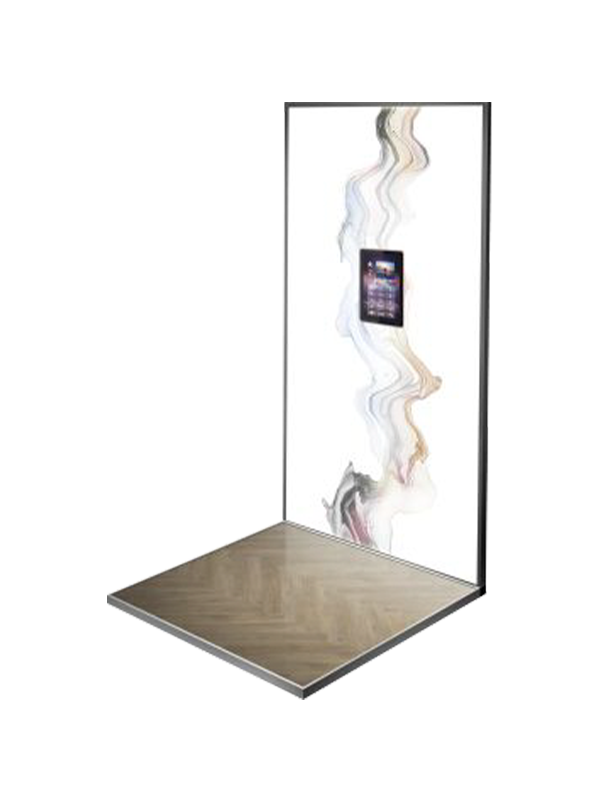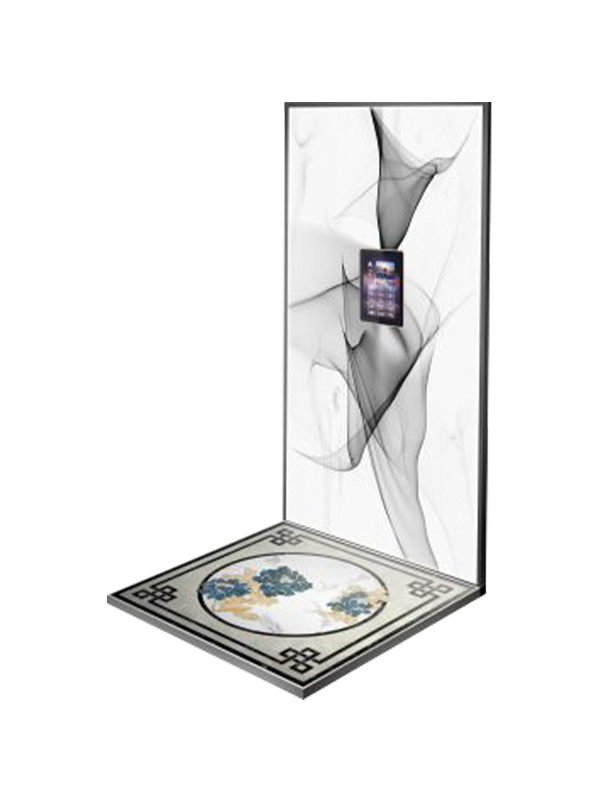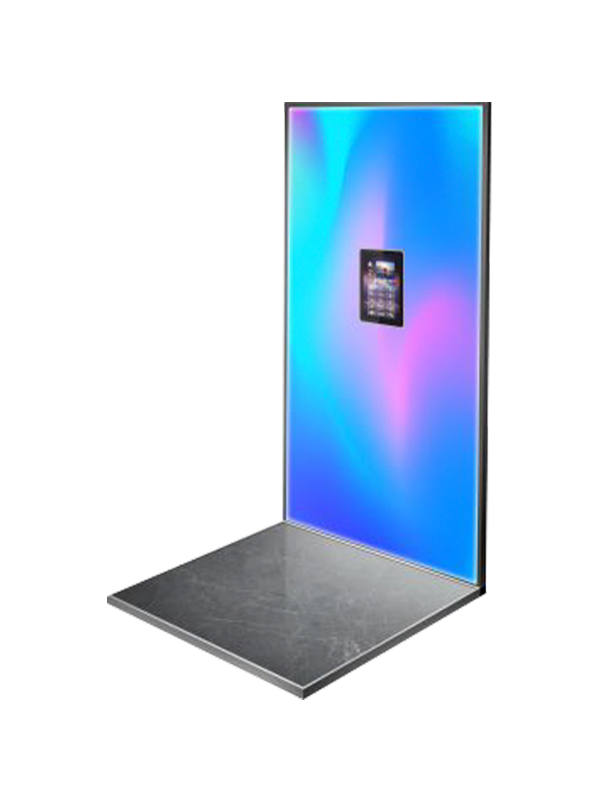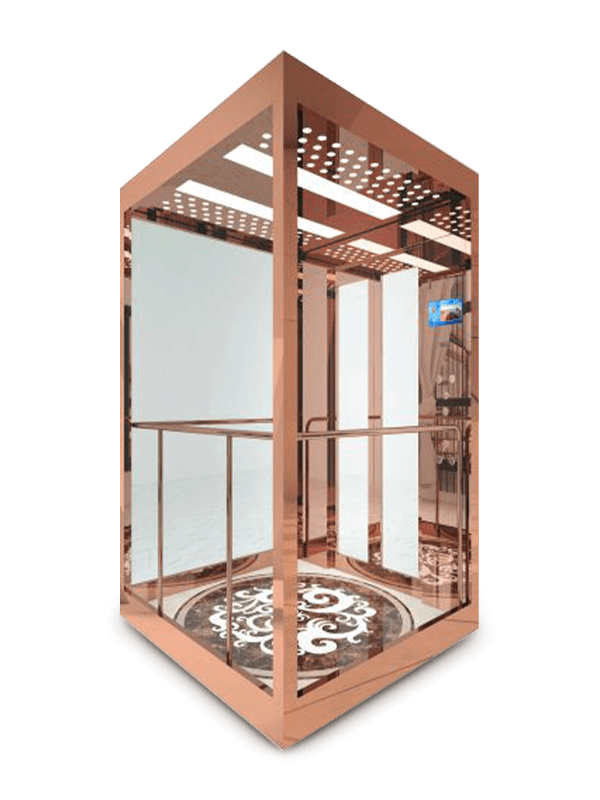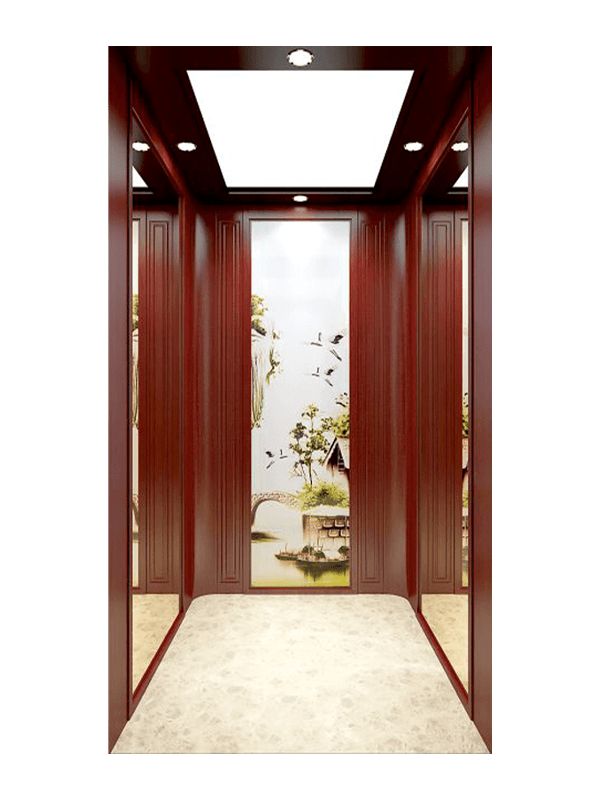Villa elevators are increasingly becoming a symbol of luxury, comfort, and convenience in modern homes. Alongside their mechanical functionality, the interior design of these elevators plays a critical role in enhancing the overall experience. One of the key components that define the aesthetic appeal of a villa elevator is the Villa Elevator Background Board. These boards not only serve as decorative elements but also need to withstand environmental factors such as humidity and condensation, which are common challenges in elevators.
Understanding the Impact of Humidity and Condensation
Humidity refers to the amount of water vapor in the air, while condensation occurs when warm, moist air comes into contact with cooler surfaces, causing water droplets to form. In elevators, changes in temperature due to air conditioning, weather conditions, or building design can create condensation on interior surfaces, including background boards. Excess moisture can lead to several problems, such as:
- Warping or swelling of boards made from wood or MDF (medium-density fiberboard)
- Peeling or discoloration of printed designs or laminates
- Mold or mildew growth, especially in poorly ventilated cabins
- Corrosion in metallic components or trims
Given these risks, it is essential to choose Villa Elevator Background Boards that are designed to resist humidity and condensation.
Materials That Handle Moisture Effectively
The choice of material is critical in determining how well a Villa Elevator Background Board can withstand humid conditions. Some commonly used materials include:
1. High-Pressure Laminates (HPL)
High-pressure laminates are made by compressing multiple layers of paper impregnated with resin. They are highly resistant to moisture, scratches, and heat, making them suitable for humid environments. When properly sealed along the edges, HPL boards can remain stable even under repeated condensation.
2. Tempered Glass
Tempered glass is naturally resistant to water and condensation. Glass boards are easy to clean and do not warp or swell. They also offer the flexibility of printed or frosted designs, which maintain their appearance even in humid conditions.
3. Stainless Steel Panels
Stainless steel Villa Elevator Background Boards are ideal for areas with high humidity. They resist rust and corrosion, and their smooth surface prevents mold growth. Additionally, stainless steel can be finished with various textures or patterns to enhance aesthetics.
4. PVC or Acrylic Panels
PVC and acrylic boards are lightweight, waterproof, and easy to maintain. They can be printed or laminated with decorative designs and are particularly effective at resisting condensation without the risk of swelling.
5. Composite Materials
Some modern boards combine materials such as aluminum and high-quality laminates to balance aesthetics, durability, and moisture resistance. These composite panels often include a protective coating to prevent condensation damage.
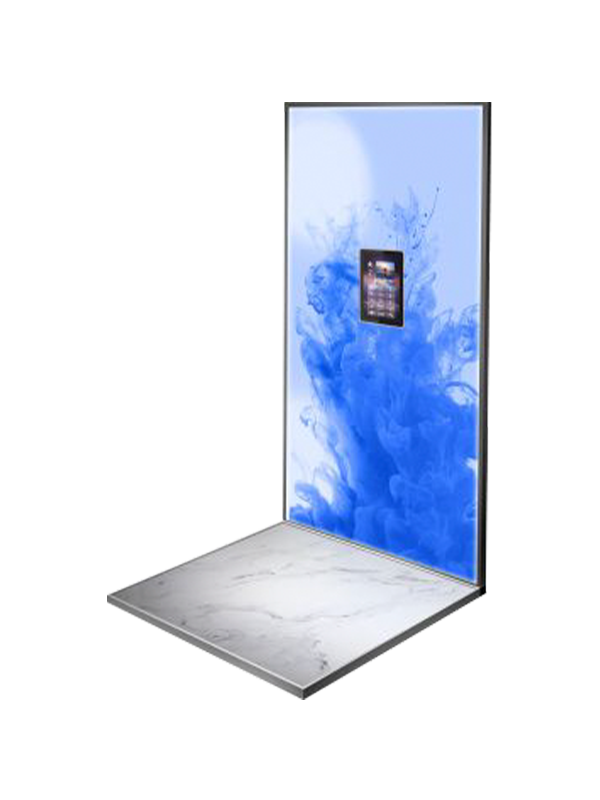
Design Considerations to Mitigate Condensation
Material selection is only part of the solution. Proper design and installation can significantly improve the performance of Villa Elevator Background Boards under humid conditions:
1. Sealed Edges
Moisture often penetrates through exposed edges. Boards with sealed or coated edges prevent water from seeping in, protecting both the board and any decorative finishes.
2. Ventilation
Good ventilation inside the elevator cabin helps maintain a stable humidity level. Some villa elevators incorporate discreet vents or air circulation systems that minimize condensation buildup.
3. Temperature Regulation
Condensation forms when warm, humid air meets a cooler surface. By maintaining consistent cabin temperatures using efficient climate control, elevators can reduce the occurrence of condensation on background boards.
4. Surface Coatings
Protective coatings, such as anti-condensation or hydrophobic layers, can be applied to Villa Elevator Background Boards. These coatings cause water droplets to bead and roll off rather than cling to the surface, reducing the risk of staining or mold growth.
Maintenance Practices for Longevity
Even boards designed to resist moisture require proper maintenance to ensure long-term performance:
- Regular Cleaning: Wipe boards with a damp cloth followed by a dry cloth to remove water residues. Avoid harsh chemicals that may degrade coatings.
- Inspect Seals: Periodically check the edges and corners for gaps or damage to protective seals.
- Control Elevator Environment: Use dehumidifiers or HVAC systems to manage humidity levels, especially in areas prone to high moisture.
- Promptly Address Condensation: If water droplets are observed, wipe them off immediately to prevent potential staining or microbial growth.
Common Misconceptions
Some homeowners assume that all Villa Elevator Background Boards are waterproof. While many materials can resist moisture to varying degrees, not all are fully immune to condensation-related issues. For instance:
- Wood-based boards can swell if exposed to repeated condensation without protective coatings.
- Low-quality laminates may peel or discolor when moisture seeps under the surface.
- Acrylic boards, while water-resistant, may still develop fogging or scratches if not properly maintained.
Understanding the limitations of each material helps in selecting boards that match both the aesthetic and environmental needs of a villa elevator.
Conclusion
Villa Elevator Background Boards are more than decorative panels—they play an essential role in maintaining the visual appeal and hygiene of elevator interiors. Handling humidity and condensation effectively requires a combination of moisture-resistant materials, thoughtful design, protective coatings, and regular maintenance. By selecting high-quality materials such as tempered glass, stainless steel, high-pressure laminates, or PVC panels, homeowners can ensure that their villa elevators remain elegant and functional for years, even in humid environments. Proper installation, ventilation, and maintenance further enhance the boards’ durability, preventing warping, discoloration, or mold growth.
In short, while humidity and condensation pose challenges, understanding the right materials and practices allows Villa Elevator Background Boards to remain a stylish and resilient feature in luxury homes.


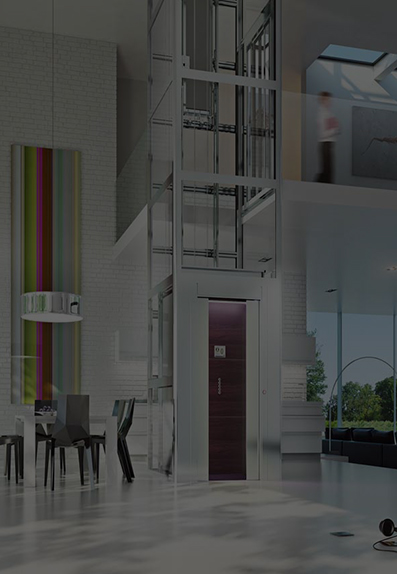


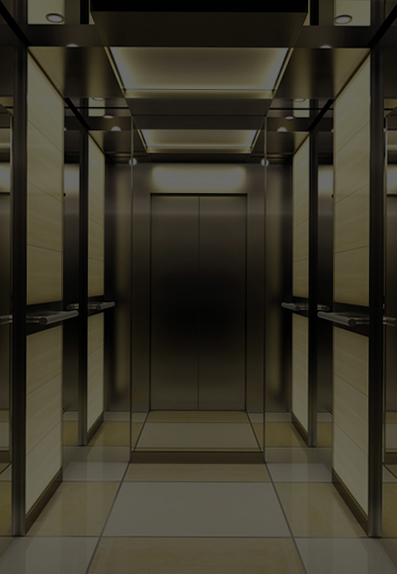
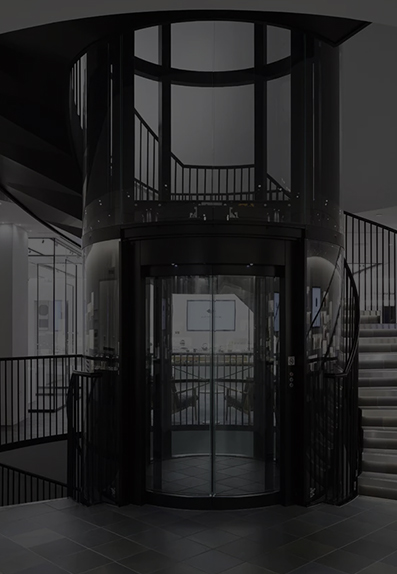
 English
English عربى
عربى Deutsch
Deutsch Español
Español Français
Français русский
русский 日本語
日本語 简体中文
简体中文